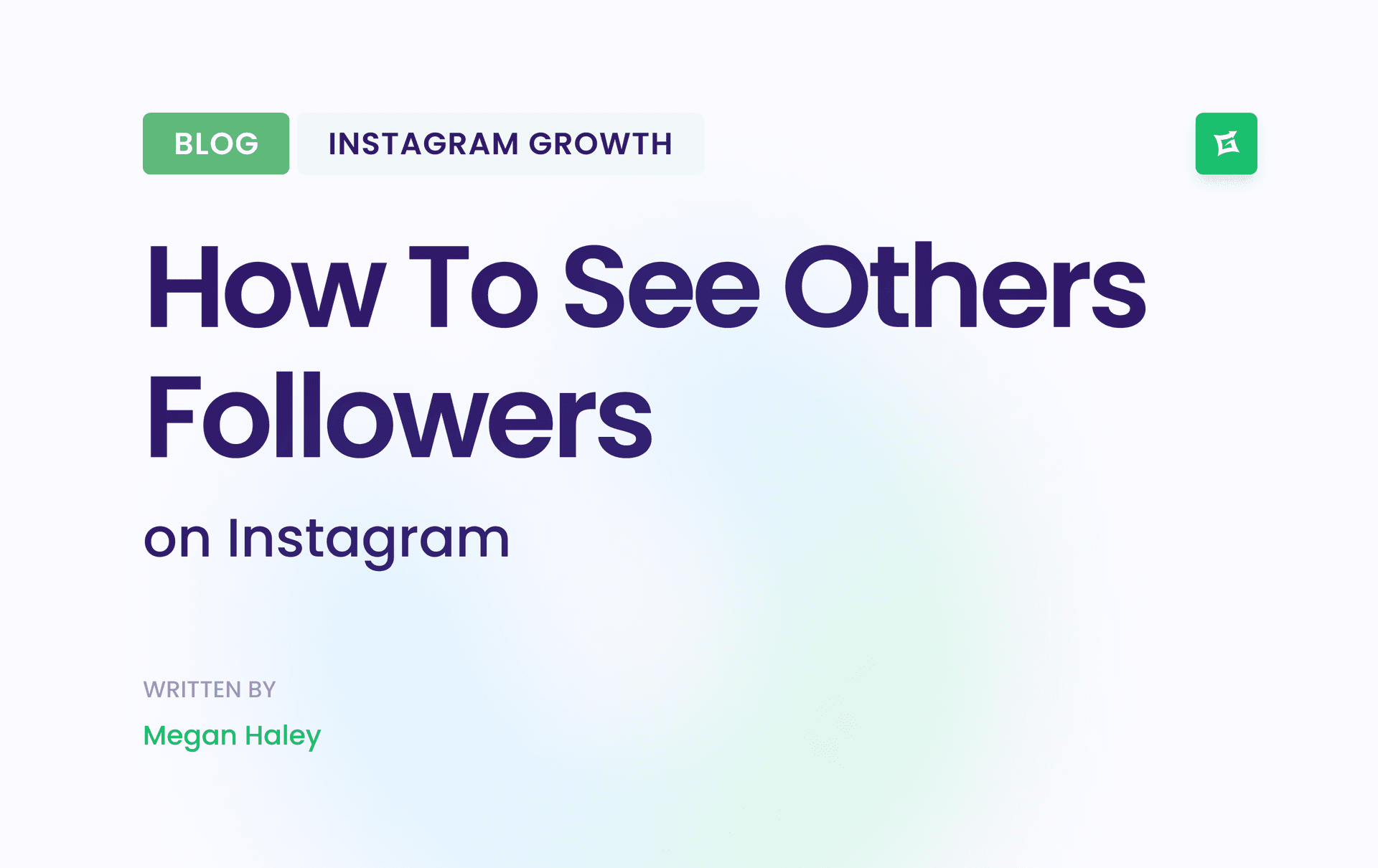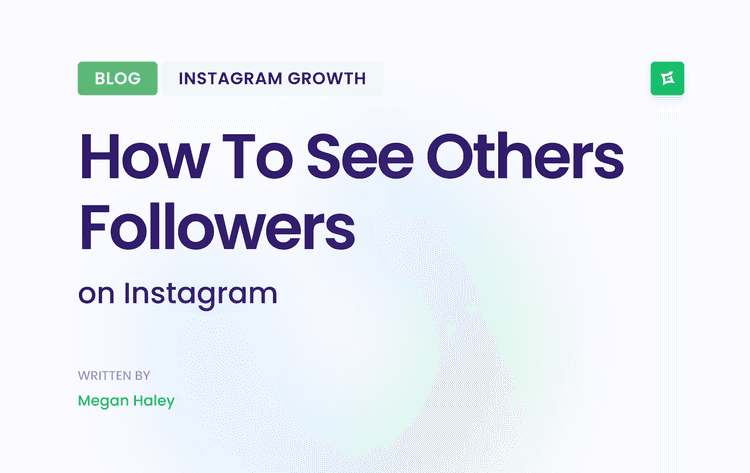Why Cross-Platform Content Strategy Matters Now
Measuring Cross-Platform Success
Furthermore, a well-defined cross-platform content strategy provides invaluable data-driven insights. Tracking performance across various channels offers a holistic view of what content connects with your audience. By using unified data collection, you can compare key metrics.
Reach: How many people are seeing your content?
Engagement: How are people interacting with your content (likes, shares, comments)?
Conversions: How is your content contributing to business goals (sales, leads, sign-ups)?
For example, you might discover that Instagram drives high visual engagement, while LinkedIn generates valuable professional conversions. This knowledge allows you to optimize your cross-platform strategy. You can tailor content to each platform's strengths, maximizing marketing effectiveness and refining your overall approach. Learn more about the value of cross-platform analytics here.
Ultimately, a cross-platform content strategy is about building a cohesive and impactful brand experience across the digital sphere. It's about maximizing reach, boosting engagement, and ultimately, driving better results. By understanding your audience and tailoring your content to each platform, you can create a truly connected and effective content strategy.
The ROI of Integrated Cross-Platform Approaches

A well-executed cross-platform content strategy offers significant business advantages. Many major brands are investing in these approaches because of the potential for tangible returns. This isn't simply about expanding reach; it’s about optimizing resources and boosting efficiency.
Reaching More While Spending Less
Strategic content adaptation across different platforms maximizes your audience reach while potentially reducing production costs. Instead of creating new content for each platform, you're adapting core themes and messages to fit each channel.
This allows you to get more mileage out of your existing content and avoid unnecessary duplication of effort. These efficiency gains can significantly impact your bottom line.
The Power of Reinforcement
Properly orchestrated touchpoints across platforms create reinforcement loops. Each interaction a customer has with your brand builds upon the last, creating a stronger connection and moving them further down the sales funnel.
This consistent messaging builds trust and familiarity, accelerating the path to conversion. For example, a customer might first see your brand on Instagram, then click through to your website, and finally subscribe to your email list. Each of these touchpoints reinforces your message and strengthens their engagement.
Cross-channel marketing plays a crucial role in these integrated strategies and contributes significantly to customer retention. Businesses using strong cross-channel marketing strategies achieve up to 89% customer retention rates, compared to only 33% for those with weaker strategies.
This high retention rate comes from providing consistent messaging and seamless experiences across various platforms, enhancing customer loyalty. Find more detailed statistics here. This means your investment in cross-platform content isn't just about acquiring new customers—it's also about keeping the ones you already have. You might also be interested in learning How to measure your social media ROI.
From Silos to Synergy
Many brands are renewing their siloed content operations into integrated, high-performing systems. This shift supports every stage of the customer journey, from initial awareness to final purchase.
By breaking down departmental barriers and fostering collaboration, these brands create content ecosystems that deliver a unified and compelling brand experience. This cohesive approach ultimately strengthens brand loyalty and drives business growth.
Let's examine some key metrics demonstrating the potential ROI of a robust cross-platform content strategy. The following table compares a single-platform approach to a cross-platform strategy, highlighting the improvements.
Cross-Platform Content Strategy ROI Metrics
Comparison of key performance indicators between siloed vs. integrated content approaches
Reach increases from 10,000 under a single-platform approach to 50,000 with a cross-platform strategy, reflecting an improvement of +400%.
Engagement (average session duration) doubles from 2 minutes - 4 minutes, showing a +100% increase.
Conversions (leads generated) rise from 50 to 200, marking a +300% improvement.
Customer retention rate jumps from 30% to 70%, resulting in a +133% increase.
Content production costs increase slightly from $5,000 to $6,000, a +20% rise.
Cost per lead decreases dramatically from $100 to $30, reflecting a -70% cost reduction
As the table illustrates, while content production costs may see a slight increase with a cross-platform strategy, the significant improvements in reach, engagement, conversions, and retention ultimately lead to a much lower cost per lead and a higher overall ROI. This data reinforces the value of integrating content across multiple platforms to maximize impact and efficiency.
Crafting Your Cross-Platform Content Framework
A robust cross-platform content strategy isn't just about adapting content; it needs a strong foundation. This framework acts as a blueprint, guiding your content creation and distribution across every channel. It ensures consistency, maximizes impact, and helps you avoid a disjointed approach.
Building a Unified Brand Voice
Developing unified brand guidelines is critical. These guidelines define your core brand values, messaging, and visual identity. They maintain consistency across platforms while remaining flexible enough to adapt to each platform's strengths. It's like an orchestra – different instruments play different parts, but harmonize to create one melody.
Content Pillars and Messaging Hierarchies
Defining content pillars creates a structural base for your cross-platform strategy. These pillars represent key themes or topics relevant to your brand and audience. They enable you to craft focused content that resonates across channels without losing its core message. For example, a fitness brand might have pillars like nutrition, workout routines, and motivational tips.
Additionally, establish a messaging hierarchy. This hierarchy dictates how your core messages are adapted and prioritized on different platforms, ensuring coherence regardless of where customers find your brand. You could emphasize motivational content on Instagram while focusing on expert fitness advice on LinkedIn. Learn more in this article about How to master your social media content calendar.
Practical Workflows and Audience Segmentation
Implementing practical workflows is essential for efficient cross-platform execution. This includes processes for content creation, adaptation, approval, and distribution. Streamlined workflows empower teams to manage multi-platform campaigns without feeling overwhelmed.
Audience segmentation further refines your strategy. Different platforms attract different audience segments. Understanding these nuances lets you tailor your messaging and content formats to resonate with each group. You might use short videos to target younger audiences on TikTok, while LinkedIn is best for in-depth articles targeting professionals.
Content Mapping for Clarity
Content mapping visually represents how your content aligns with your target audience and marketing goals across different platforms. This map helps you identify gaps and opportunities, ensuring that all content serves a purpose within your overall strategy. Think of it as your content roadmap.
By focusing on these key elements – unified brand guidelines, content pillars, messaging hierarchies, practical workflows, audience segmentation, and content mapping – you build a robust framework. This framework drives consistent brand experiences and measurable results across all platforms, guiding you to achieve your business objectives.
Platform-Specific Content Adaptation Techniques

Adapting your content to different platforms is essential for a successful cross-platform strategy. It’s the key to moving from average content to truly exceptional experiences. This section explores practical techniques for rebuilding your core message across various platforms without losing its central meaning. Think of it like translating a book—the story stays the same, but the language adapts.
Understanding Platform Nuances
Every platform has its own unique environment and audience expectations. Instagram thrives on visual content, with a focus on high-quality images and short, engaging videos. TikTok prioritizes short, trend-driven video content. LinkedIn is a professional networking platform where in-depth articles and industry insights perform well. Email marketing relies on personalized messaging and clear calls-to-action. Finally, your website acts as your central hub, providing comprehensive information and resources.
Successful content adaptation hinges on understanding these nuances. It means speaking the right language for each platform. This doesn't require creating entirely new content. Instead, it’s about repurposing and reformatting existing content to match the format and tone of each channel.
Tailoring Content for Maximum Impact
Adapting your content involves several key considerations:
Format: A blog post can be renewed into Instagram carousels, a short TikTok video, or a LinkedIn article summary.
Tone: A more informal and playful tone suits Instagram and TikTok, while a professional tone is best for LinkedIn and emails.
Visual Language: Visually appealing graphics and videos are ideal for Instagram and TikTok, while professional imagery and data visualizations are better suited to LinkedIn and your website.
Calls-to-Action: Encourage likes and shares on social media. Direct users to your website from emails. Promote lead generation through gated content on LinkedIn.
For instance, a blog post about the benefits of using a social media management tool like Gainsty could become Instagram posts highlighting key features, a short TikTok video demonstrating the tool, and a LinkedIn article discussing the ROI of social media management.
Efficient Adaptation Processes
Leading brands develop streamlined processes to maintain quality without impacting efficiency. They often create style guides for each platform, outlining best practices for content format, tone, and visual language. They also establish workflows to streamline repurposing, ensuring consistency and minimizing effort. This efficiency allows them to maximize reach and engagement without overspending resources.
Platform-Specific Content Optimization Guide
The content below provides a concise overview of how to optimize your content for various platforms. It summarizes ideal content lengths, appropriate formats, audience expectations, and essential performance metrics. This information will help you tailor your cross-platform strategy.
Instagram favors short captions and Reels under 60 seconds. Content should include images, carousels, short videos, and Stories, catering to an audience that expects visually appealing and engaging content with authentic interactions. The key metrics to track are reach, engagement, and impressions.
TikTok thrives on short-form videos ranging from 15 to 60 seconds. The ideal content is creative and trend-driven, appealing to users who seek entertainment, humor, authenticity, and trending topics. Performance is measured by views, likes, shares, and comments.
LinkedIn is best suited for long-form articles between 500 to 1500 words. Content should focus on professional insights, industry news, and thought leadership, targeting an audience that values professionalism, networking, and valuable information. Metrics to monitor include impressions, engagement, and clicks.
Email marketing benefits from concise and personalized messages that are text-based with clear calls to action. Audiences expect relevant information, exclusive offers, and personalized experiences. The effectiveness of email campaigns is evaluated through open rates, click-through rates, and conversions.
Websites require a varied content length based on the type of information being displayed. Formats include blog posts, articles, landing pages, and product descriptions, designed to provide comprehensive information, easy navigation, and a clear value proposition. Performance is assessed through website traffic, time on site, and conversions.
By understanding these platform-specific nuances and implementing efficient adaptation processes, you can scale up your cross-platform strategy. Instead of a collection of disconnected posts, you create a cohesive and engaging brand experience. This unified approach builds stronger audience connections and drives measurable results.
Measuring What Matters Across Platforms
After developing a strong cross-platform content strategy and tailoring it to each platform's specific nuances, the next critical step is measuring its effectiveness. Simply monitoring likes and shares isn't enough. To truly grasp content performance, you need a measurement system that captures the entire customer journey across all points of contact.
Beyond Vanity Metrics: Understanding the Customer Journey
Effective measurement begins with understanding how customers interact with your brand across various platforms. It's about seeing the holistic view, not just isolated platform performance. A user might discover your brand on TikTok, research your products on your website, and finally make a purchase after clicking an email promotion. This interwoven journey requires a more sophisticated measurement approach than analyzing each platform individually.
This means moving beyond vanity metrics like follower count and focusing on metrics that reveal the real influence of your content. For example, which content drives awareness, and which leads to conversions? How do interactions on different platforms work together to guide customers through their journey? Answering these questions requires a cross-platform attribution model.
Cross-Platform Attribution: Connecting the Dots
Cross-platform attribution helps determine which content and platforms contribute most to desired results. It’s like piecing together a puzzle. By tracking customer interactions across channels, you can pinpoint which touchpoints are most influential in driving conversions.
This analysis might reveal, for example, that while TikTok generates initial brand awareness, email marketing is most effective in closing sales. This knowledge allows you to allocate resources strategically, concentrating on the platforms and content that deliver the greatest return.
Refining Your Strategy Based on Performance
A successful cross-platform content strategy also involves regular analysis and refinement based on performance data. Consistent evaluation using tools like Google Analytics helps identify which platforms and content types resonate most with your audience. For instance, understanding whether shorter or longer content pieces drive higher engagement can inform future content creation.
Additionally, identifying which channels drive the most website traffic and conversions can help optimize your content distribution strategy. This continuous process of evaluation and adjustment ensures your content strategy remains effective and aligned with audience preferences. Explore this topic further here.
Tools and Processes for Holistic Measurement
Successful brands employ various tools and processes to consolidate reporting and gain a comprehensive view of performance. Data aggregation platforms combine data from multiple sources into a single dashboard, providing a clear overview of cross-platform performance. Read also: How to master your Instagram engagement rate.
This data, coupled with regular performance reviews, allows brands to identify content synergies, understand how different pieces of content work together, and make data-driven decisions to refine their approach. Ultimately, effective cross-platform measurement empowers you to understand the true influence of your content, optimize your strategy, and achieve your business goals. By connecting the dots between platforms and focusing on the complete customer journey, you can move beyond superficial metrics and gain a deeper understanding of what drives results.
Overcoming Cross-Platform Content Challenges

Creating a successful cross-platform content strategy isn’t always straightforward. A number of common roadblocks can throw off even the most carefully crafted plans. This section examines these real-world challenges and offers practical solutions drawn from the experiences of content operations leaders.
Resource Constraints: Doing More With Less
Many organizations face limitations in resources. Budgets are often constrained, teams are lean, and time is perpetually scarce. This can make the implementation of a complex cross-platform strategy appear overwhelming. However, the key to maximizing output while upholding quality lies in establishing efficient production workflows.
One highly effective approach is content repurposing. This involves adapting existing content for different platforms, eliminating the need to start from scratch every time. For example, a webinar could be renewed into shorter videos for social media, insightful blog posts, or engaging email newsletters. This significantly streamlines production time and minimizes effort.
Technical Limitations: Bridging the Gaps
Different platforms have different technical specifications. Video lengths, image sizes, and acceptable file formats can vary significantly. These inconsistencies can create significant difficulties for content creators. Furthermore, some organizations may lack the appropriate technology to effectively manage content across multiple platforms.
Investing in the right tools can be a game-changer. A centralized content management system (CMS) can help streamline workflows and ensure brand consistency across all platforms. In addition, various software solutions are available to automate tasks such as image resizing and video formatting.
Organizational Resistance: Breaking Down Silos
Another frequently encountered challenge is organizational resistance. Different teams within an organization might have varying priorities and established workflows. This can create a lack of coordination and result in a fragmented approach to content creation.
Successful cross-platform content strategies hinge on collaboration. Breaking down silos between departments and promoting open communication is crucial. This involves clearly defining roles and responsibilities, establishing shared objectives, and implementing processes that encourage cross-team collaboration.
Developing Realistic Timelines
Multi-platform campaigns demand careful planning and the establishment of realistic timelines. Trying to accomplish too much too quickly can lead to burnout and negatively impact content quality. It's crucial to break down large projects into smaller, more manageable tasks. Allocate sufficient time for each phase of the process, from the initial content creation to distribution and subsequent analysis.
Technology Recommendations for Streamlined Publishing
A range of tools can significantly simplify complex publishing processes. Social media management platforms enable the scheduling of posts across multiple networks, while marketing automation software can automate email campaigns and other marketing activities. These technologies free up valuable time and resources, allowing your team to concentrate on producing high-quality content.
By acknowledging and addressing these common challenges, organizations can effectively implement successful cross-platform content strategies. These strategies maximize reach, reinforce brand consistency, and ultimately drive measurable business results. This necessitates a shift in mindset, a dedication to collaboration, and an openness to adopting new technologies and workflows.
Ready to increase your Instagram followers and engagement organically? Gainsty, the AI-powered social assistant, can help you achieve real growth without resorting to bots or fake followers. Start growing your Instagram followers with Gainsty today!















